16 Feb The Power of Self-Confidence in Santa Avelina
Written by Lucía Dávila, Guatemala City, Guatemala
My name is Lucía Dávila, and I am from Guatemala City. Currently, I am working as the Communication and Outreach Specialist for an NGO called Teachers2Teachers-International, which provides global professional development opportunities for teachers. With a focus on STEM, we send educators to build meaningful, long-term partnerships in schools around the world while emphasizing a culturally relevant approach that encourages student-centered instruction and respect for each community’s learning goals.
My job is to tell the story behind the trips and record the interactions among the people we collaborate with. I started working for T2T-I in June 2015, but I visited the William Botnan School in Santa Avelina as a T2T-I intern in 2014.
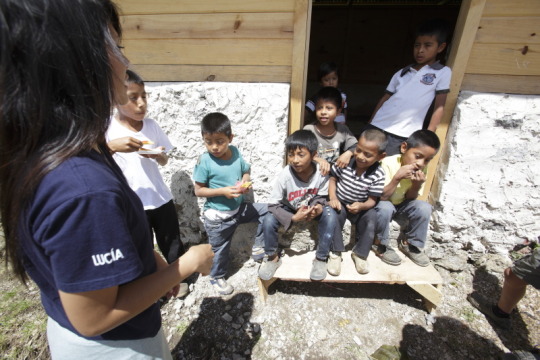
As a result, this is my third trip to Santa Avelina, Quiché, in Guatemala, but this time I noticed something different. Come along with me on my journey as I explain what I saw. I think
you’ll find it as exciting as I did.
First stop: Chichicastenango, Quiché
On our 12-hour drive to Santa Avelina, we spent one night in Chichicastenango.
It was not my first time in Chichi, as the locals call it, but every time I come back it feels altered. I
guess the amount of detail in the Mayan fabrics, the colors of the vegetables and fruits in the market, the smell of incense and flowers, the ceremonies at the Santo Tomás church, and the syncretism surrounding the place – they are just too much to take in all at once.
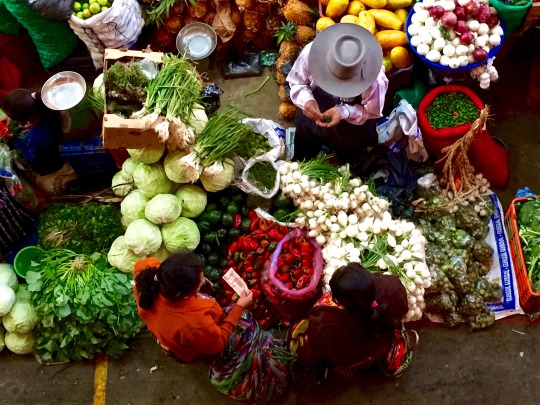
We usually do a morning walk through the central square, the church, and the arch. Watching the market come to life is a unique experience that gives you a different perspective about the
whole place and the unity among its people.
They all help each other, they all work together.
In a setting where kids learn to follow tourists around town, fake crying in order to sell their products, I had my eyes open to poverty but also to a warm, friendly, and extremely kind
culture whose sense of community goes beyond individual progress.
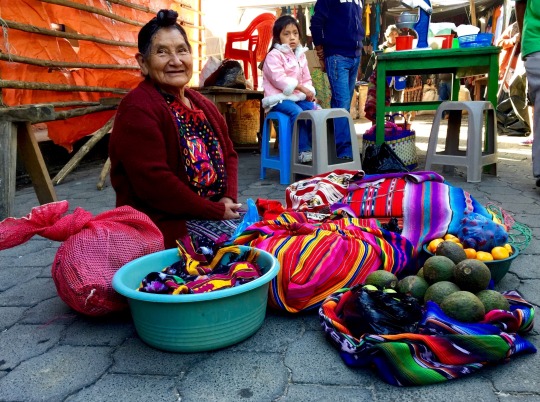
Second Stop: Sacapulas, Quiché
We always stop in the gas station of this little town to buy some snacks and use the washrooms. However, it was until this trip that we discovered the uniqueness of this place: BLACK SALT.
It turns out that Sacapulas is a town known for the extraction of black salt from the nearby river called Río Negro or Chixoy.
Of course, we couldn’t leave without buying our own little bag of black salt, and as soon as we approached one of the street sellers, we discovered that they also were selling rocks. Yes, rocks! The vendors taught us to rub them together and get the salt, too.
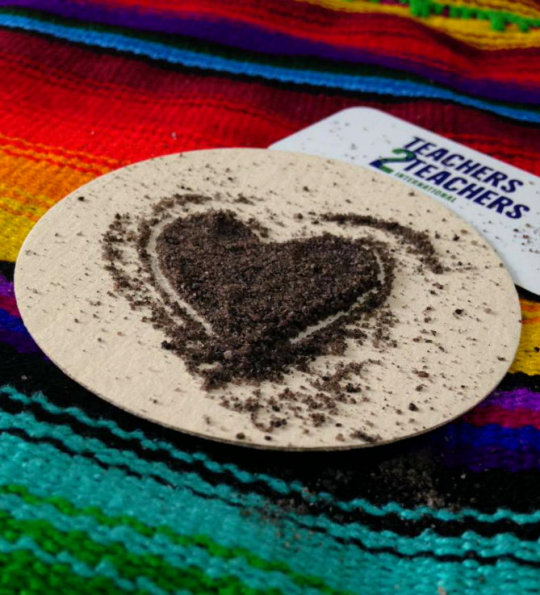
It’s amazing the amount of little secrets such a small country can keep. I guess those are the treasures you get to discover once you make up your mind and go out to meet the world.
Third and final stop: Santa Avelina, Quiché
As always, our beloved teachers were at the school waiting to give us a warm welcome. Immediately after getting down from the bus, we gave hugs and shook hands while sharing laughs and
helping everyone settle into the school.

We had a quick meeting to introduce the members of the team to the local teachers. Then it was time to get some rest and prepare ourselves for the next two days of professional development.
These workshops were for only the local teachers to meet with us. In other words, there were no students at the school, which gave us the opportunity to really connect with the teachers. Don’t get me wrong, we did miss the little ones… but for the first time, the teachers could focus entirely on the activities and become learners, themselves.
This new situation gave me the opportunity to pay closer attention to the teachers. As a Guatemalan girl, I could relate to their change of attitude and their improvement in self-confidence.
In Guatemala, most of our learning culture includes misconceptions and shame on “not knowing the answer,” “asking for help,” or “admitting you didn’t understand how the teacher got the
answer for the math problem.” As a student, I remember staying quiet and trying to figure it out at home instead of actually raising my hand in class and expressing my doubts.
I saw the same thing with the teachers of Santa Avelina the first time I visited the school two years ago. They were not responding to our workshops, they did not ask questions, they were ashamed of sharing their answers, and they were afraid to participate.
This year, I saw a completely different story!

For instance, there was a lot more participation by the women. During this trip, I observed how women were taking the lead during our workshops, how they were sharing and defending their
answers, and how they were helping each other during the group activities. Some of my observations are the following:
- During Dr. Chadd McGlone’s workshop on statistics, Seño María was able to explain to the entire group how she had approximated the numbers. She just put on her teacher hat again and owned the class during those moments.
- Seño Juana, the second grade teacher, is now a leader and an active participant in every workshop. I’ve worked with Juana for the past two years, and this was the first time I saw her getting involved and speaking up. During the workshops delivered by our Country Director Daniela Lombardo and
T2T-I team member Tim Quiroz, Juana spoke for her group and showed us how she is no longer afraid to get up and share her thoughts.
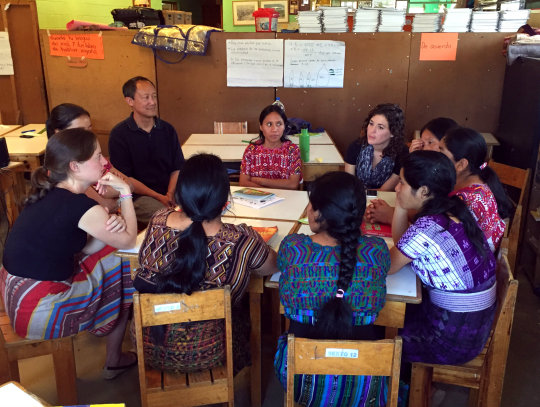
I also noticed that the teachers are no longer afraid of asking for help and posing questions. During our visit, if they didn’t understand something, they would let us know.
Remember how Seño María was able to explain her method of approximating numbers during Chadd’s statistics workshop? Well, that happened because Domingo, the 6th grade teacher, couldn’t understand where Chadd had gotten the numbers. He refused to move on until everything was cleared up. He fearlessly raised his hand and said in Spanish, “Wait, Chadd! I didn’t understand how you got that number. Can we go back and figure that out?”
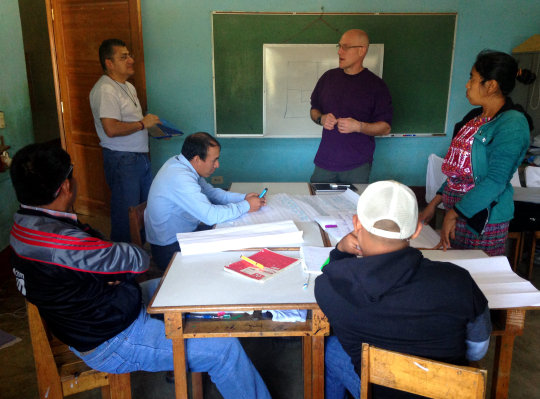
Profe Juan, the computer lab teacher, heard during lunch that T2T-I team member Brandon McGlone had worked with computers in the past. The next thing I know, he approached us and said, “Listen, I heard that Brandon has some experience with computers. Do you think he could give a special workshop for me? I would really like to learn more about that subject and I could stay longer, or do it during lunch, or whenever he has some free time. You let me know.”
Maybe that seems like normal behavior to you? For us Guatemalans, to see the teachers let down their guard and ask for help means they trust us and feel comfortable communicating their needs. And that is a HUGE step forward!
Dr. Francisco Alarcón did a workshop using the Mayan number system. The teachers of Santa Avelina were familiar with the numbers; however, they had never solved math problems and algorithms with them. It was definitely quite an experience. By the end of the session, the local teachers were placing “bets” and challenging the T2T-I team members with Mayan math problems.

Francisco described what a surprisingly good and simultaneously sad experience this was to him. It was surprisingly good because of the interaction, the willingness to learn, the excitement, the fun, and the happiness everyone shared. But sad, because even though the numbers belonged to their culture, the teachers had never worked with them until that day.
Last but not least, I realized the teachers of the William Botnan School were challenging themselves.
Daniela posed a math problem about population statistics. The easiest answer for that problem was 900 days; however, the teachers of Santa Avelina didn’t stop when they got there. They continued
asking themselves more complicated questions, trying to figure out the time in months and years.
Three local teachers had to divide one tortilla for 13 people. They could have done the problem mentally, but instead they decided to try it with different materials and make the whole process visual. They measured the perimeter of the tortilla with a thread and then they measured the thread with a ruler to get 13 equal pieces. Later, they put the thread in the tortilla again and cut the marked pieces with a knife. After finishing, the entire group was able to see what they accomplished, and we all realized
the importance of sharing.
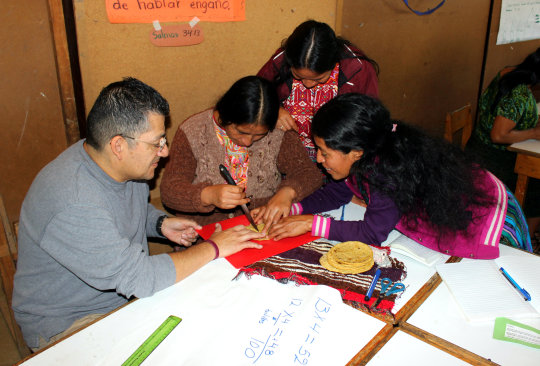
At the end of the two days, we talked about the learning that occurred. These are some of the reflections the local teachers shared:
- “Give your students the opportunity to talk, communicate, and interact.”
- “Let your students feel that they have valuable ideas to share.”
- “An open question with no specific instructions motivates a variety of solutions for the same problem. That shows the students that there are several methods and answers for the same problem and this encourages them to open their minds and look for more than one possibility.”
I shared only a few examples of how the interactions with and among the local teachers have changed over the period of T2T-I’s visits. I am sure if you ask the members of the T2T-I team, they will give you a lot more. The important thing is that we saw strong, self-confident, participative, and proactive teachers who were willing to learn as much as possible to pass it on to their students. I am sure we will see more of these positive changes, and I look forward to being part of them.

No Comments